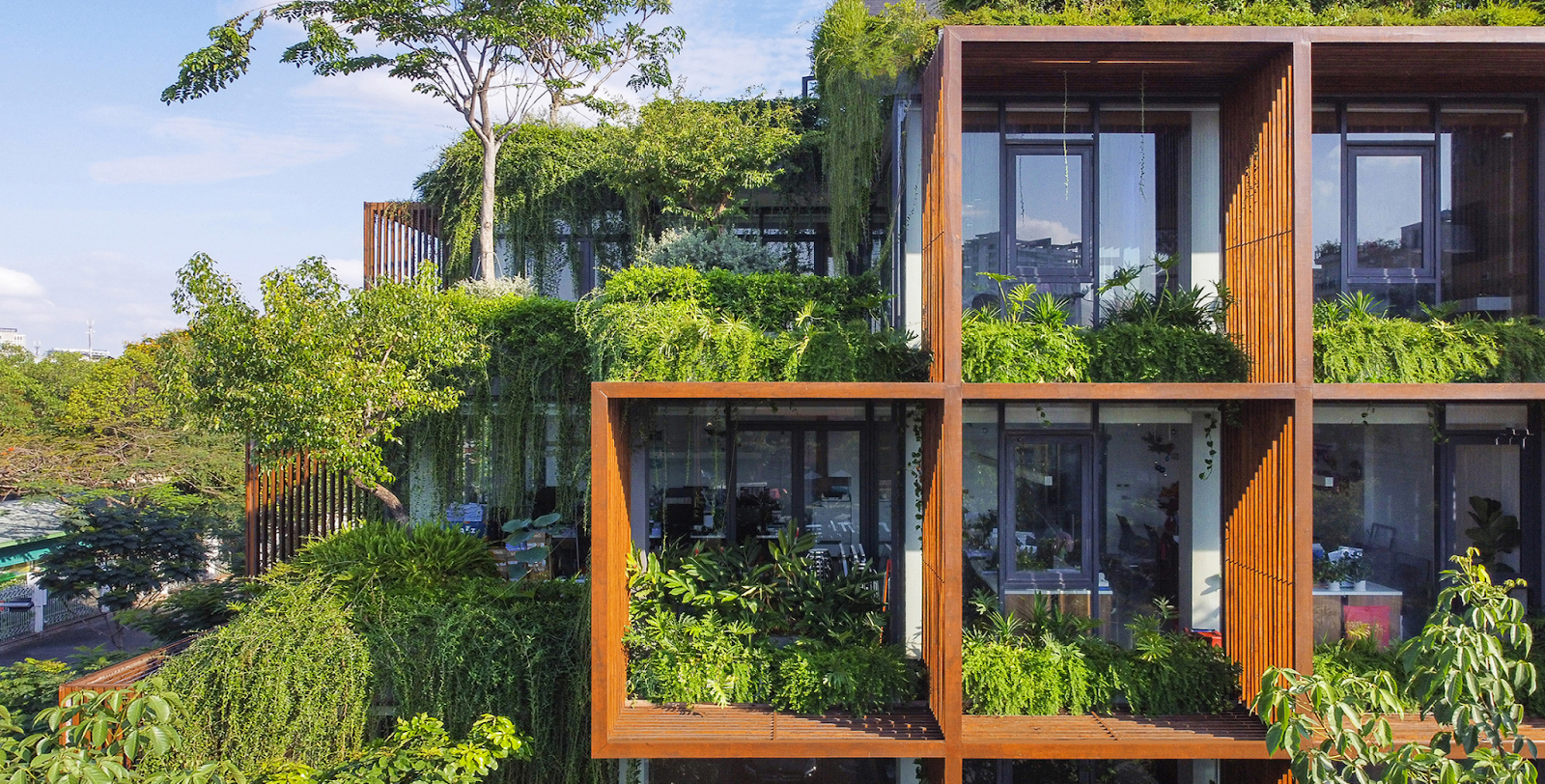In an era of accelerating climate regulation and growing investor scrutiny, carbon reduction is not just a best practice — it’s a strategic imperative. At Tribus International, we’ve found that the most effective way to reduce carbon isn’t after ground is broken — it’s before.
Carbon Begins at Concept
The majority of a project’s lifetime emissions are locked in during early design and procurement stages. Decisions about layout, materials, logistics, and sequencing all have an outsized impact. That’s why at Tribus, we take a “carbon-first” approach to project planning.
We ask key questions from the start:
– Can materials be locally sourced to cut transport emissions?
– Is the design optimized for passive climate control?
– What digital modelling can prevent over-specification?
– Can renewable energy be incorporated during the build, not just post-handover?
By reframing the conversation around total embodied carbon, not just operational emissions, we help clients anticipate and reduce their environmental impact from day one.
Smart Tools, Smarter Outcomes
Our use of Building Information Modelling (BIM), carbon accounting software, and AI-based design simulation allows us to:
– Forecast emissions across all project phases
– Compare scenarios for material and energy trade-offs
– Model energy loads and design for natural efficiency
– Minimize waste through digital prefabrication planning
This data-driven approach reduces surprises, accelerates approval processes, and ensures that carbon reduction is a deliverable — not a vague intention.
Conclusion: Strategy Today for Impact Tomorrow
Carbon reduction doesn’t start on-site. It starts on paper. The earlier sustainability is embedded into your project planning, the greater your control over cost, compliance, and long-term value. At Tribus, we bring the tools, experience, and foresight to make that happen.






